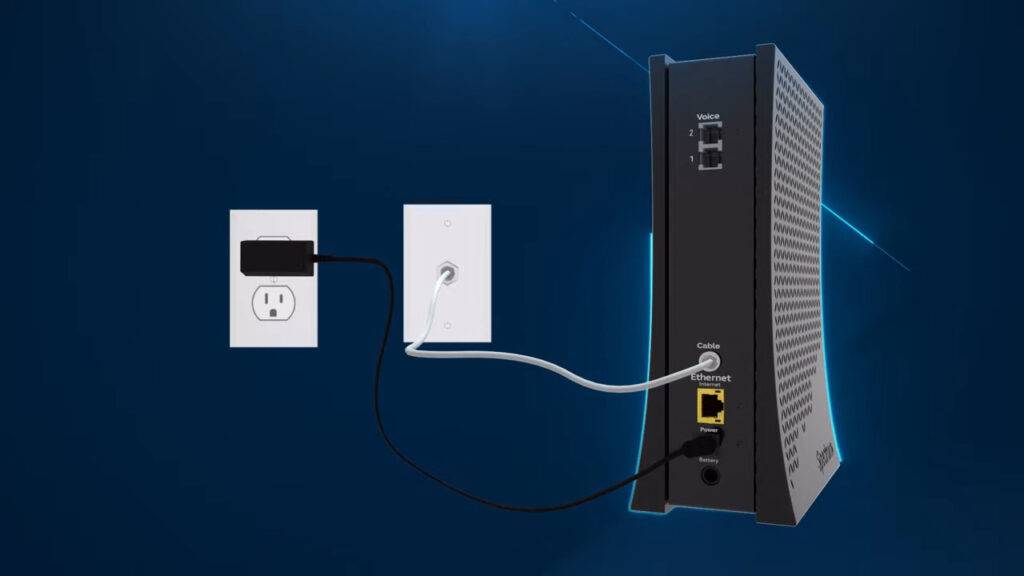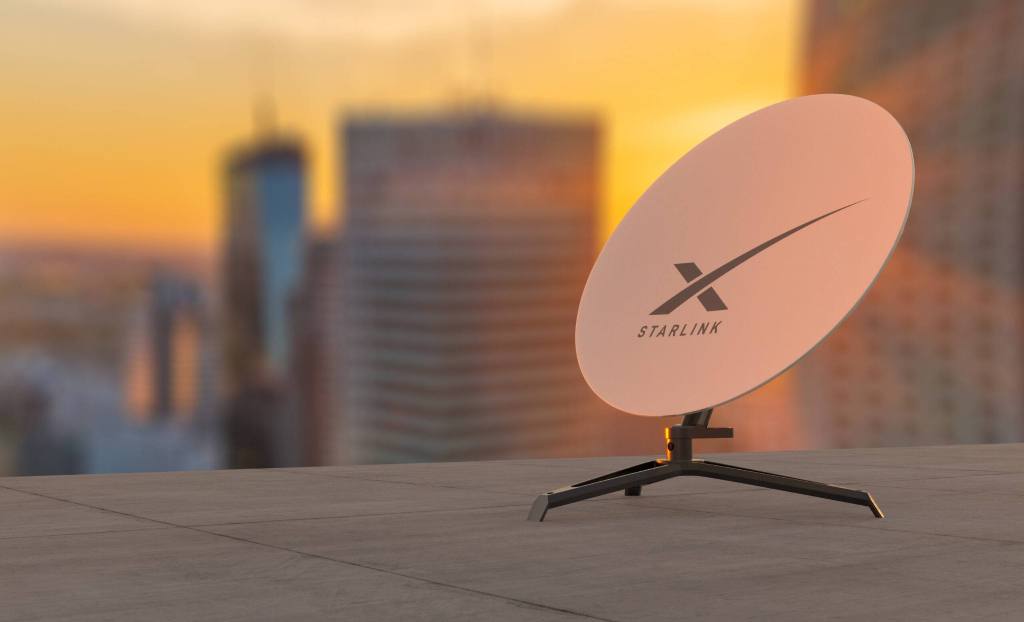People often wonder about their internet options in a fast-paced digital world. You might ask yourself if Spectrum provides satellite internet. This question pops up frequently among users seeking reliable connections. Spectrum actually delivers cable-based internet services. They use coaxial cables to bring high-speed access to homes and businesses. However, satellite internet relies on orbiting satellites for data transmission.
Recent data highlights the importance of understanding these differences. The Federal Communications Commission reports that over 14 million Americans still lack broadband access in rural areas as of 2024. Meanwhile, Charter Communications, Spectrum’s parent company, served 29.8 million internet customers by September 2025. These figures show how cable providers like Spectrum fill gaps, but satellite options expand reach further. Let’s explore this topic step by step to help you decide what’s best for your needs.
What Is Spectrum Internet?
Spectrum stands out as a major player in the internet market. Charter Communications owns and operates it. They focus on delivering internet through cable infrastructure. This means they use existing TV cable lines to send data signals.
You connect via a modem that plugs into a wall outlet. Then, a router spreads the signal wirelessly. This setup allows for stable connections in urban and suburban areas. Spectrum covers 41 states across the United States. Their network reaches millions of households.
Additionally, Spectrum emphasizes speed and reliability. Users enjoy download speeds up to 1 Gbps in many locations. Upload speeds often hit 35 Mbps or higher. These capabilities support streaming, gaming, and remote work without major interruptions.
However, availability depends on your location. Check their website with your address to confirm service. If cables run nearby, installation happens quickly. Technicians set up equipment in a few hours.
Moreover, Spectrum integrates TV and phone services. Bundling options appeal to many families. You get everything from one provider. This simplifies billing and support.
In contrast, some users in remote spots miss out. That’s where alternatives come into play. But for now, recognize Spectrum as a cable powerhouse.
Understanding Satellite Internet
Satellite internet brings connectivity to hard-to-reach places. Providers beam signals from space to a dish on your roof. This dish communicates with satellites orbiting Earth.
First, you install the dish facing the sky. It captures data packets sent from above. Then, a modem inside your home processes this information.
Traditionally, companies like HughesNet and Viasat led this space. They offer plans with speeds from 25 Mbps to 100 Mbps. Latency poses a challenge, often exceeding 600 milliseconds. This delay affects real-time activities like video calls.
Recently, low-Earth orbit (LEO) systems changed the game. Starlink, from SpaceX, places satellites closer to Earth. This reduces latency to around 20-40 milliseconds. Speeds climb to 100 Mbps or more.
Furthermore, satellite covers nearly 100% of the US. No cables needed. Rural residents benefit most. Farmers, for instance, use it for precision agriculture tools.
Yet, weather impacts performance. Rain or snow can weaken signals. Users prepare by positioning dishes optimally. Try Devolo GigaGate.
Overall, satellite fills voids left by wired options. It empowers people in isolated areas to stay online.
Key Differences Between Cable and Satellite Internet
Cable and satellite internet serve similar purposes but differ greatly. Let’s break down these contrasts.
Speed sets them apart first. Cable providers like Spectrum deliver faster downloads. You get up to 1 Gbps consistently. Satellite tops out at 100-200 Mbps in most cases.
Latency follows as another big factor. Cable boasts low ping times under 20 milliseconds. Satellite, even LEO, hovers around 30-600 milliseconds. Gamers prefer cable for this reason.
Availability shifts the balance. Cable requires infrastructure in place. Satellite reaches anywhere with sky view. This makes satellite ideal for rural living.
Reliability varies too. Cable withstands weather better. Storms rarely disrupt underground lines. Satellite signals fade during heavy rain.
Data caps influence usage. Many satellite plans limit monthly data. Exceed it, and speeds slow. Cable often provides unlimited access.
Installation differs as well. Cable techs connect to existing outlets. Satellite involves mounting a dish professionally.
Cost structures vary, but both offer value. Users weigh needs against these points.
In summary, choose based on location and activities. Cable suits urban speed demons. Satellite rescues remote users.
Speed Comparison
Speeds define user experience. Spectrum’s cable network pushes 300 Mbps to 1 Gbps downloads. This handles 4K streaming effortlessly.
Satellite evolves rapidly. Starlink reports median downloads of 104.71 Mbps in 2025. Older providers lag at 25 Mbps.
However, uploads tell another story. Cable uploads reach 10-35 Mbps. Satellite struggles with 3-20 Mbps.
Test your needs. Households with multiple devices favor cable’s bandwidth.
Latency and Performance
Low latency ensures smooth interactions. Cable keeps delays minimal. You notice it in online meetings.
Satellite’s distance causes lags. Geostationary satellites sit 22,000 miles up. LEO cuts this to 340 miles.
Still, cable wins for gaming. Esports players avoid satellite’s jitter.
Availability and Coverage
Spectrum spans 41 states. They cover urban centers densely.
Satellite blankets the nation. Starlink serves over 2 million users globally by 2025.
Rural areas rely on satellite. Cable expansion costs prohibit extension there.
Does Spectrum Offer Satellite Services?
Spectrum sticks to cable for home internet. They do not provide satellite-based home broadband.
However, they innovate in mobile. Spectrum Mobile launched satellite connectivity in 2025. This partners with Skylo for non-terrestrial networks.
Users get emergency texting via satellites. It helps in areas without cell towers.
Additionally, this feature keeps you connected during outages. Imagine hiking in remote woods. Your phone switches to satellite seamlessly.
But for home use, Spectrum remains cable-focused. They demonstrate future WiFi speeds up to 20 Gbps using advanced tech.
Furthermore, Spectrum dominates reliability awards. Opensignal named them top ISP in 2025 for download speed and quality.
So, while not satellite, they explore hybrid solutions. This blends strengths from different technologies.
Pros and Cons of Spectrum Internet
Spectrum shines in several areas. Let’s list key advantages.
- Fast speeds support heavy usage.
- Reliable connections minimize downtime.
- Wide urban coverage ensures accessibility.
- Bundled services save time.
On the flip side, drawbacks exist.
- Limited rural reach leaves some out.
- Potential congestion during peak hours.
- Dependency on physical cables.
Users share stories. One family streams movies nightly without buffers. Another in the countryside switches to satellite.
Balance these factors. Spectrum fits city dwellers best.
Pros and Cons of Satellite Internet
Satellite offers unique benefits. Consider these pros.
- Nationwide availability connects the unconnected.
- Quick setup in underserved areas.
- Improving speeds with LEO tech.
- Independence from ground infrastructure.
Cons include:
- Higher latency affects real-time apps.
- Weather sensitivity causes interruptions.
- Data limits restrict heavy users.
- Higher initial setup effort.
Case studies illustrate. A remote worker uses Starlink for emails. But video games lag, prompting alternatives.
Evaluate your lifestyle. Satellite rescues where cables can’t go.
When to Choose Spectrum Over Satellite
Opt for Spectrum in populated areas. Cities and suburbs have robust cable networks.
You need high speeds for work. Remote professionals upload large files quickly.
Gaming enthusiasts pick cable. Low latency prevents frustrating delays.
Families streaming multiple shows benefit. Unlimited data avoids throttling.
Moreover, if bundles appeal, Spectrum delivers. Combine internet with TV effortlessly.
Transition to satellite only if cables miss your spot. Otherwise, cable provides superior performance.
Alternatives to Spectrum for Satellite Internet
Several providers offer satellite options. Starlink leads with LEO satellites.
They promise 50-200 Mbps speeds. Global coverage expands daily.
Viasat serves with geostationary tech. Speeds hit 100 Mbps in select areas.
HughesNet focuses on affordability. Their plans suit light users.
Amazon’s Project Kuiper emerges in 2025. It aims for low-latency broadband.
Research each. Compare based on your location and needs.
The Future of Internet Connectivity
Internet evolves quickly. Hybrid models blend cable and satellite.
Spectrum tests ultra-fast WiFi. They target 20 Gbps by leveraging new spectrum.
Satellite grows too. More LEO constellations launch.
5G integration enhances both. Fixed wireless competes.
Experts predict universal access by 2030. Innovations close digital divides.
Stay informed. Technology shifts user experiences rapidly.
Conclusion
Spectrum provides cable internet, not satellite. This distinction matters for speed and reliability. Cable excels in urban settings with low latency. Satellite bridges rural gaps despite drawbacks.
Key differences include speed, availability, and performance. Choose based on your location and activities.
Explore options today. Visit Spectrum’s site or check satellite providers. Find the perfect fit for your connected life.
FAQs
What Type of Internet Does Spectrum Use?
Spectrum uses cable internet. They transmit data via coaxial cables. This ensures fast, stable connections in served areas.
Is Satellite Internet Better Than Cable?
It depends on location. Satellite reaches remote spots. Cable offers faster speeds and lower latency. Assess your needs carefully.
Can I Get Spectrum in Rural Areas?
Spectrum focuses on urban and suburban zones. Rural availability varies. Check their map for coverage. Satellite often serves better there.
How Does Weather Affect Internet Services?
Cable withstands weather well. Underground lines protect signals. Satellite dishes face interruptions from rain or snow. Clear skies help performance.
What Are the Fastest Internet Options in 2025?
Fiber leads with multi-gig speeds. Cable like Spectrum hits 1 Gbps. LEO satellite approaches 200 Mbps. Availability dictates choices.


